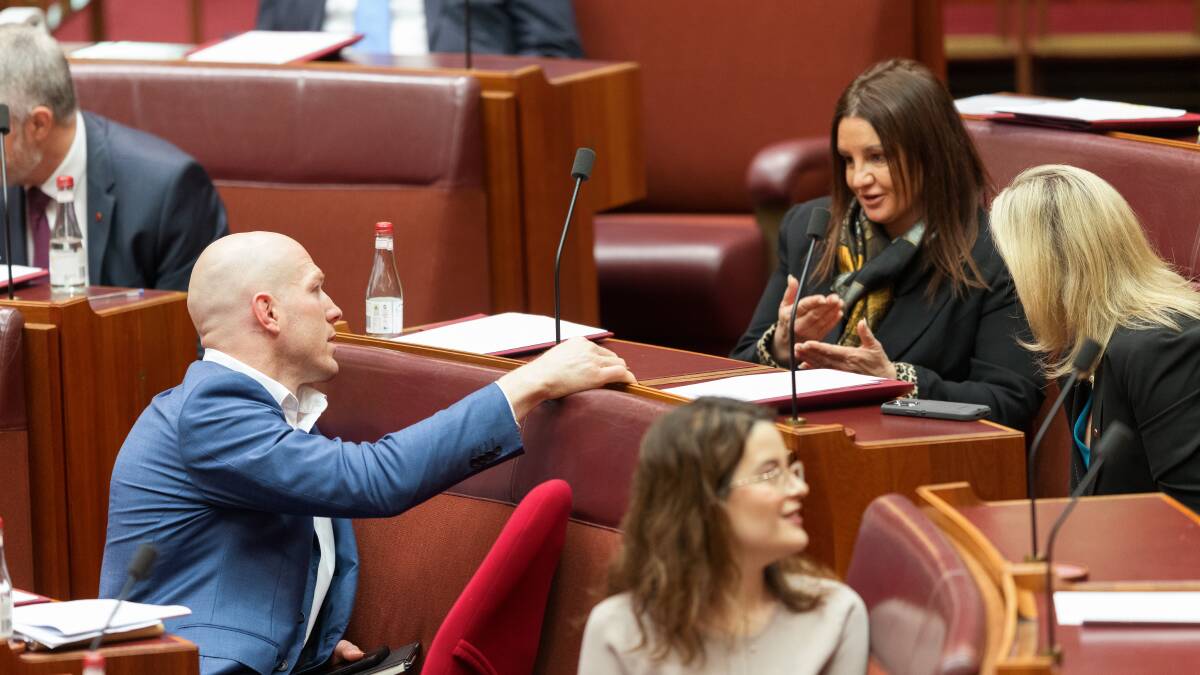
What does the ALP's 43 per cent climate bill do, exactly?
Subscribe now for unlimited access.
or signup to continue reading
It doesn't set a target of 43 per cent for emissions reduction. We're in the Paris Agreement, which locks us in there without legislation.
It doesn't make it harder to change the emissions target. The Paris Agreement doesn't let countries reduce their emissions targets without pulling out of the Paris Agreement altogether. We're signed up, so we can't slide back.
It doesn't impose any penalties for failure to meet the target. It's a target to work towards, but if we miss it, we just miss it.
It doesn't make anything "Dutton-proof", whatever that is supposed to mean. A future government led by Peter Dutton, or by anyone, can do what it wants if it's got the numbers. If you've got a majority in both houses, you can repeal or amend any bill that legislates anything - including your Dutton-proof safeguards.
In fact, there's no way to make laws that can't be changed down the track by a future government. (Good thing, too. Nothing more undemocratic than a government deciding all future governments are irrelevant).
So it's a bill that sets a target ... that's already our target. It presents no obstacle to anybody changing it. It includes no penalties for failing to meet it. It doesn't make anything more durable, ambitious or sustainable.
So, what does it do, exactly?
What it does do is represent the federal government's position on the issue. It's a symbol, and that's alright. Plenty of politics is about symbols, and it's not to say they're without value. But the problem with any federal government target is that it falls on the states to meet it. It's one level of government setting a target for another level of government, and attaches no funding or support to get them to meet it.
The reason I say that is that most of the emissions-intensive areas of the economy are chiefly regulated by the states.
Our biggest emitting sectors are electricity and energy, transport, agriculture and forestry. The states are closing coal-fired power stations - not the federal government. The states are doing most of the incentivising the purchasing of electric vehicles - not the federal government.
And it's the states, not the federal government, that is regulating land clearance levels that are pushing down our emissions.
With that in mind, what is the federal government doing? Whatever it's doing, it's hard to tell, because it doesn't show up in the numbers.
A report by think tank Climateworks last year found that the targets of each of the states and territories for 2030 - before Labor committed to 43 per cent - had us on target for between 37 and 42 per cent by 2030.
In other words, Labor's committed to reducing emissions by as little as 1 per cent beyond what was going to happen if they didn't do anything.
That's why I've joined with ACT senator David Pocock in moving amendments to the government's bill. Our amendments require the government to produce estimates of how much of a contribution their federal budget measures are making to our emissions reduction targets. They do financial impact assessments for every policy through the standard budget process. This would work the same, but for carbon.
Right now, the feds are claiming credit for the state governments' hard work. This amendment would require them to show how much they're doing, off their own bat.
Kids in primary school aren't allowed to hand in maths homework if it doesn't show their work. We don't accept it from an eight-year-old - why would we accept it from the federal government?
I'm not asking Labor to spend any new money or make any new commitments. I'm asking it to just tell us what it's doing, and what effect it's going to have on our greenhouse gas emissions. That's a pretty simple ask, I'd have thought.
- Jacqui Lambie is a Jacqui Lambie Network senator for Tasmania.

